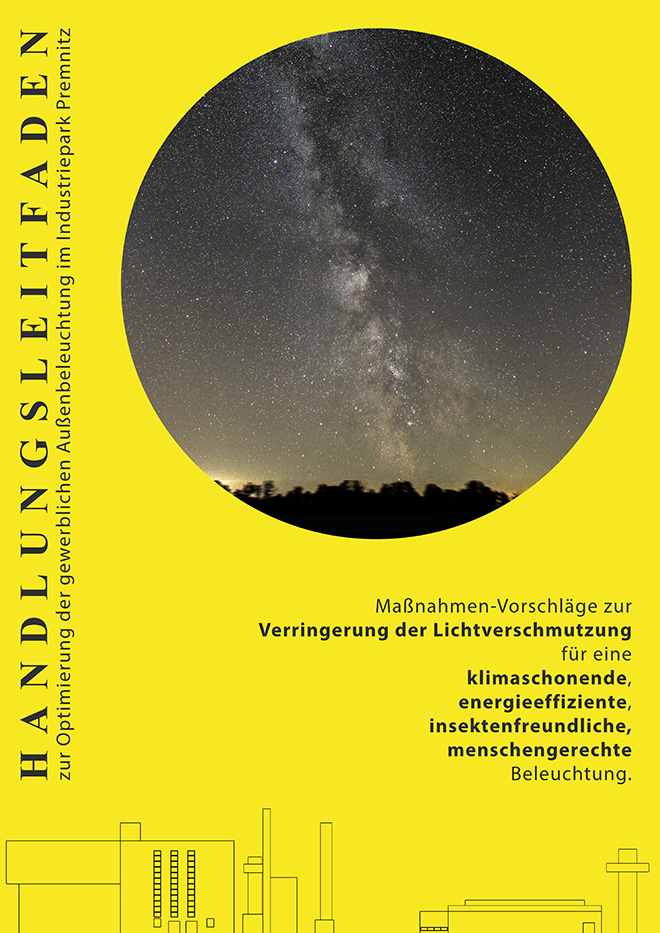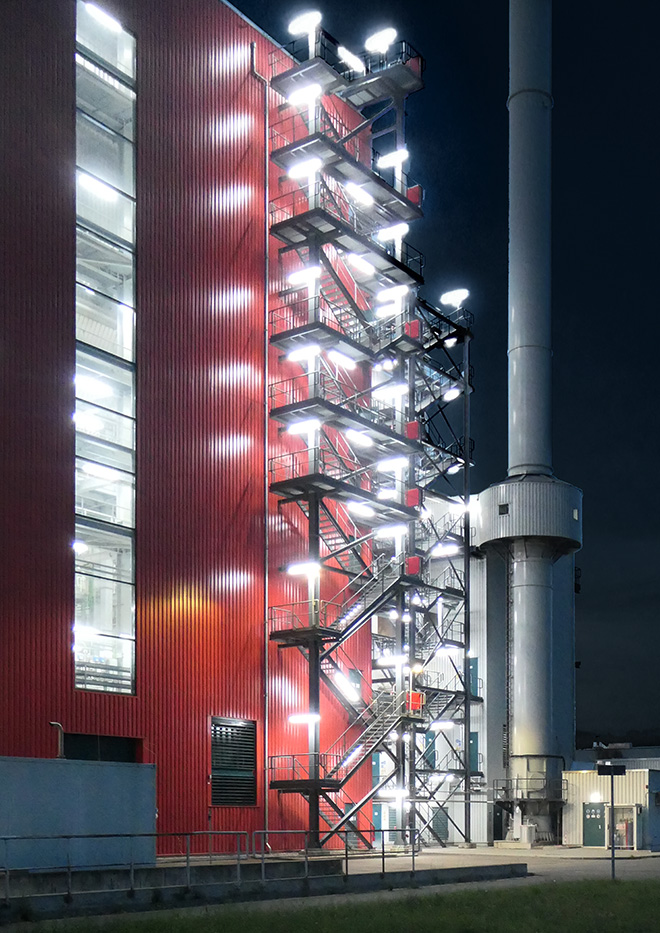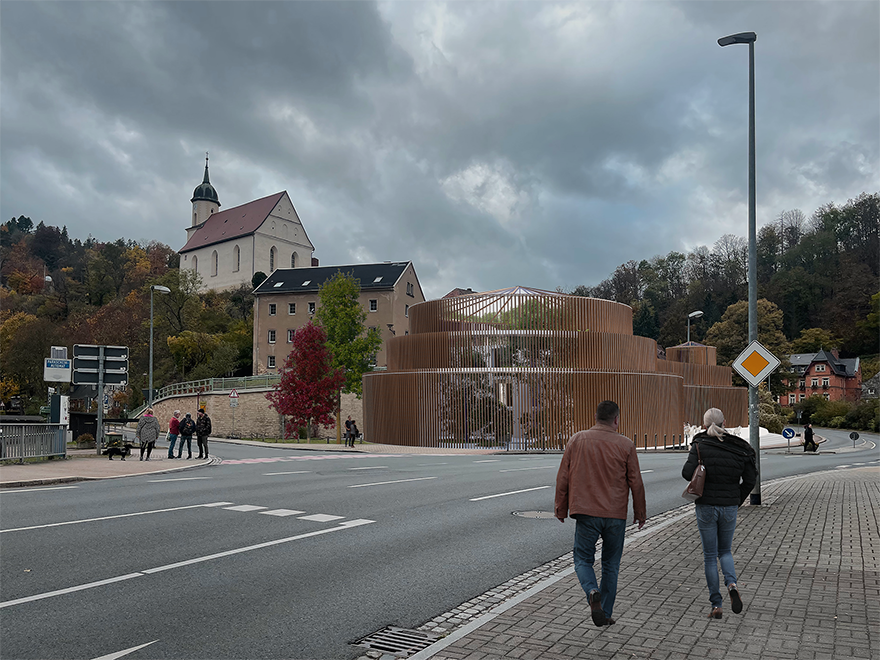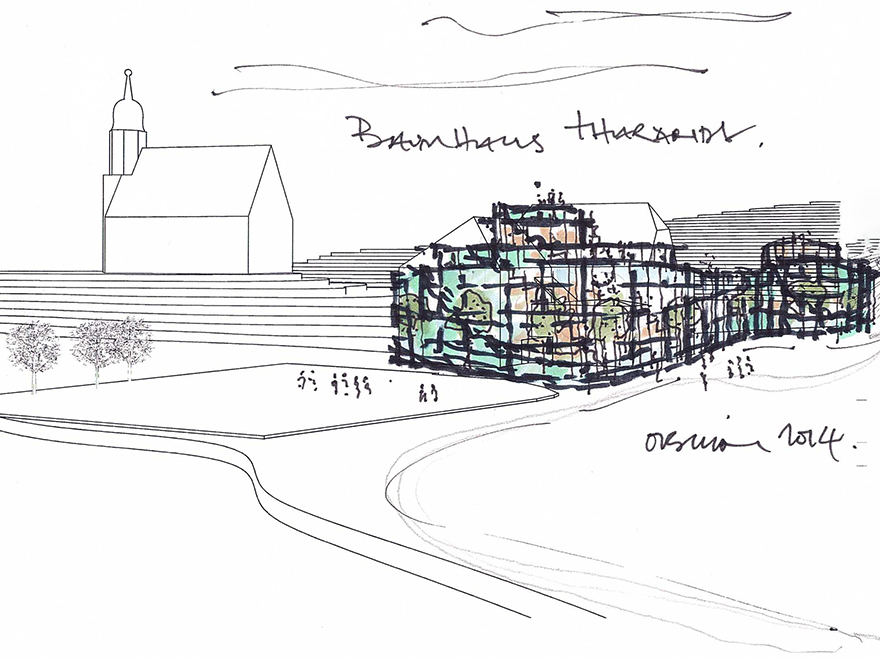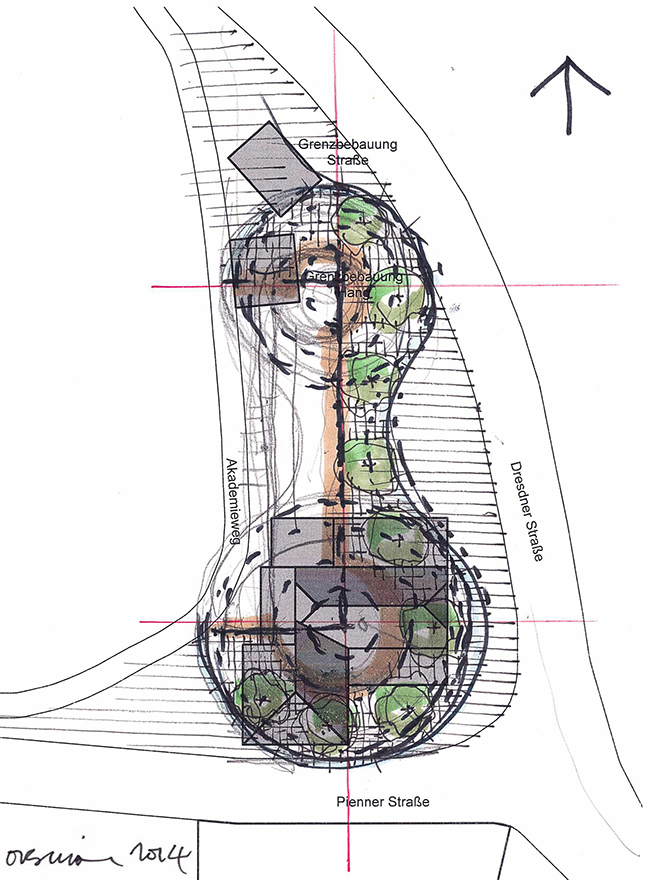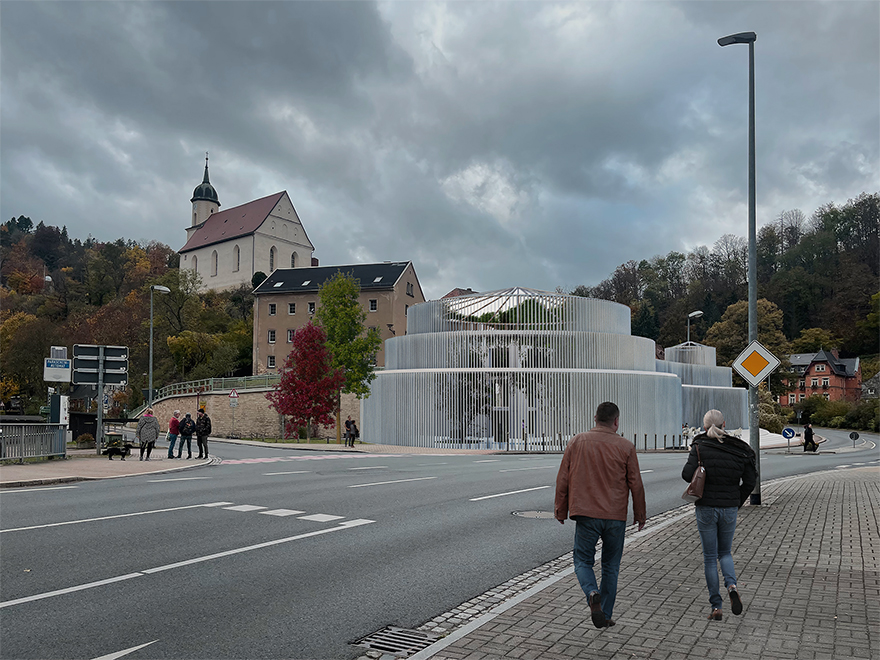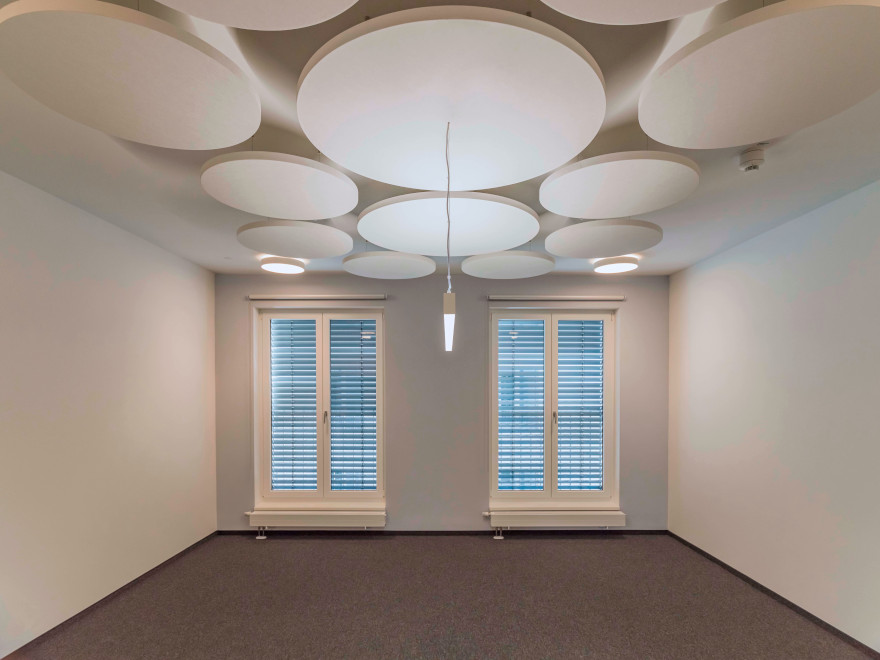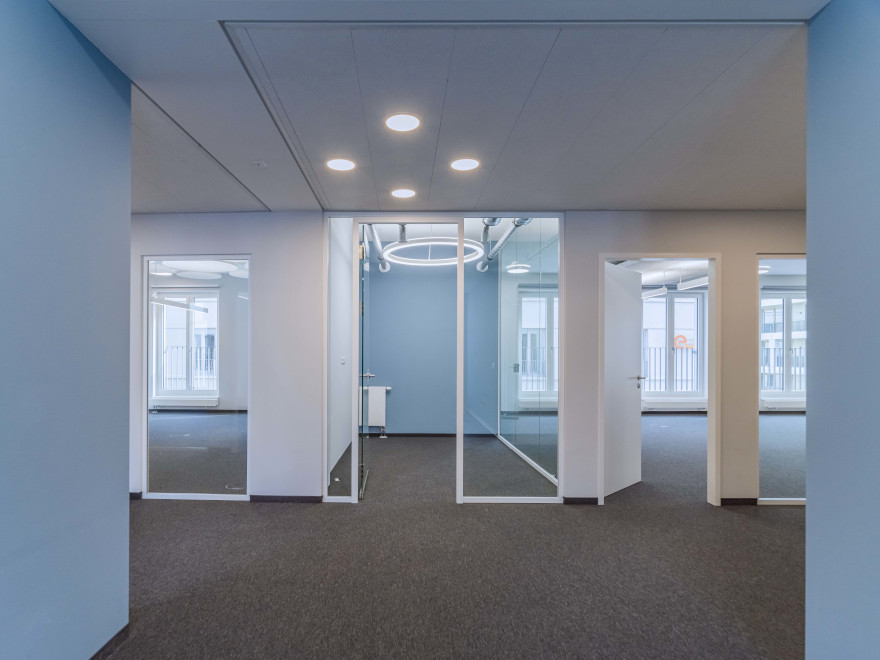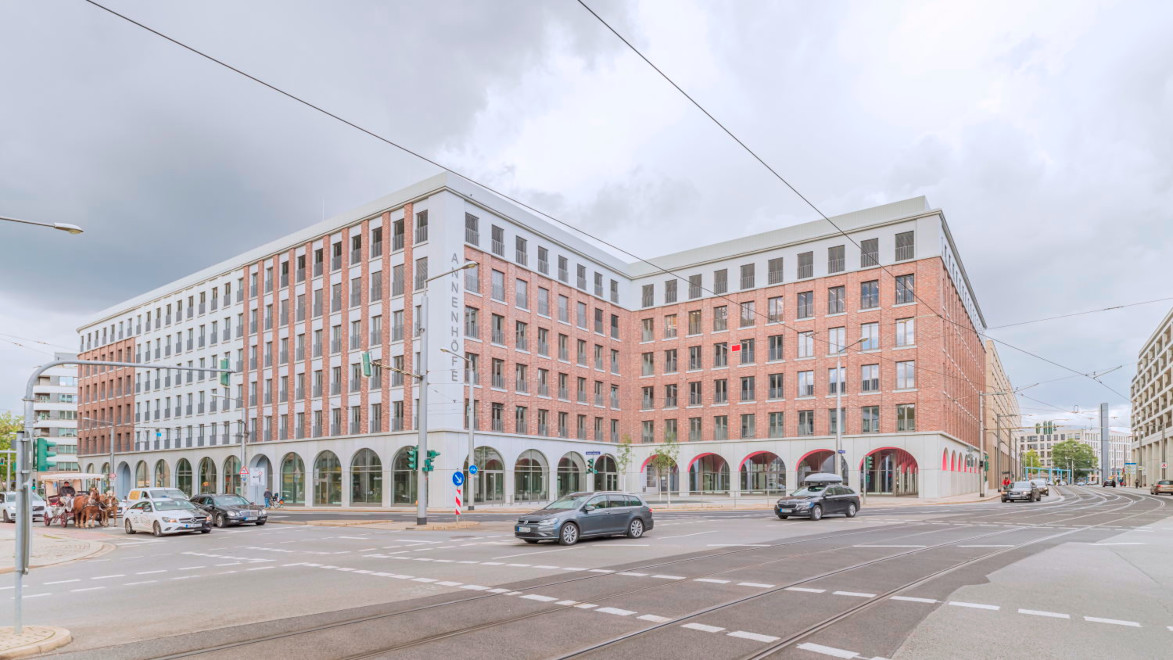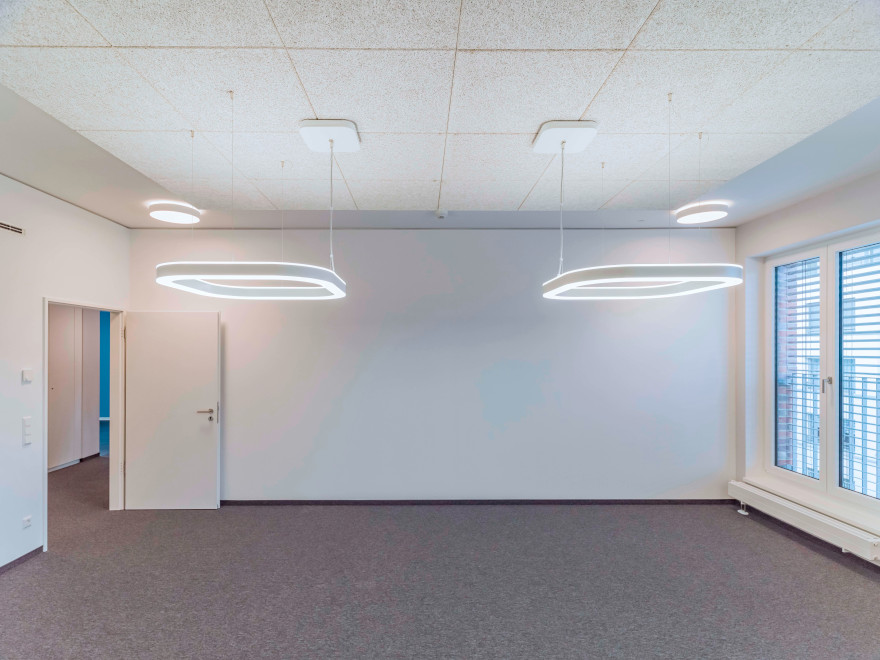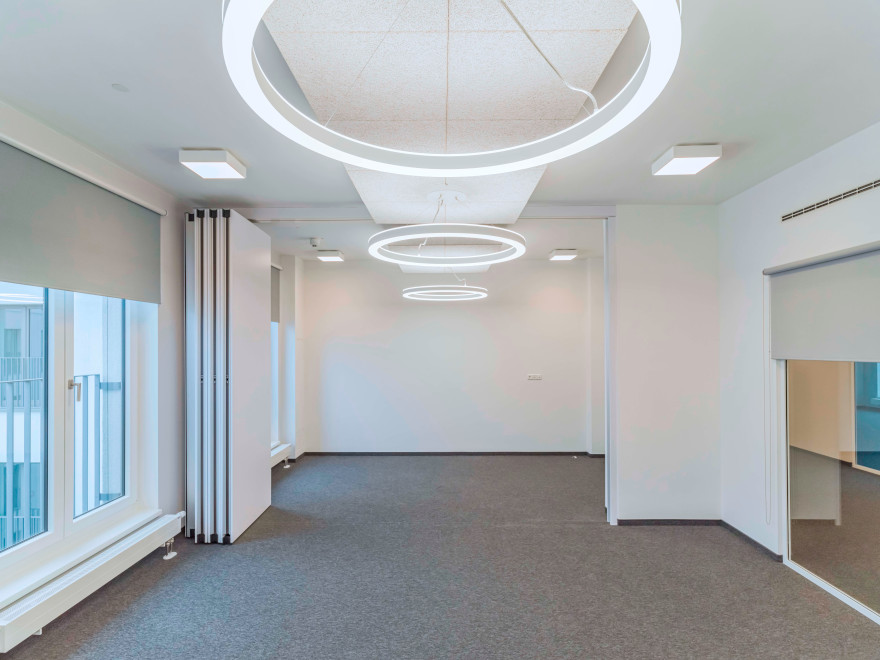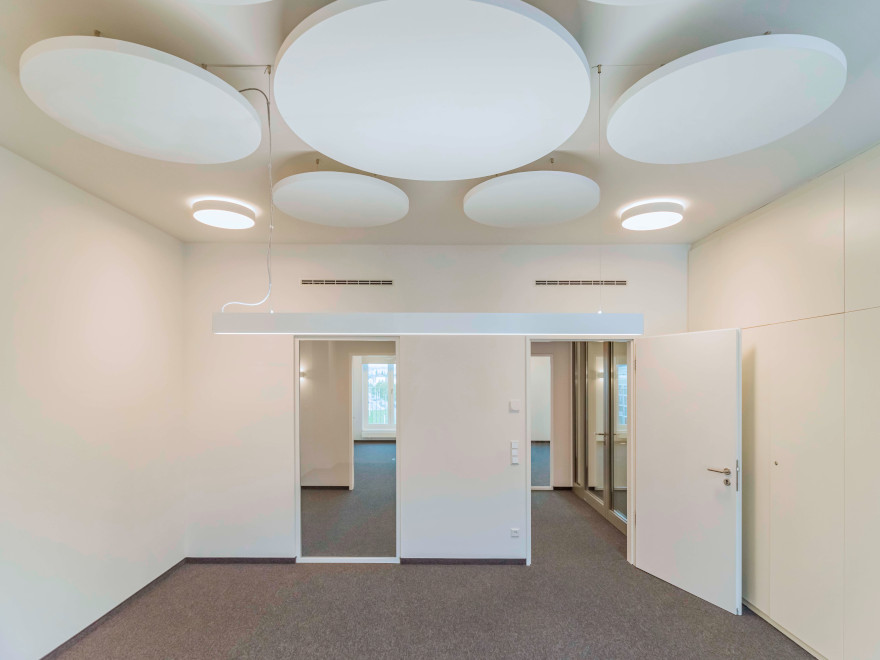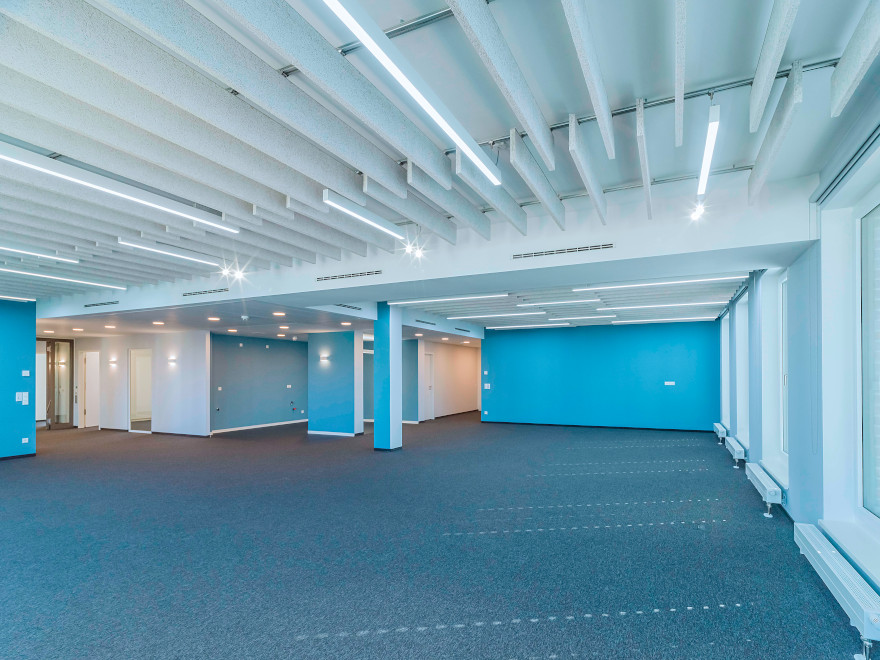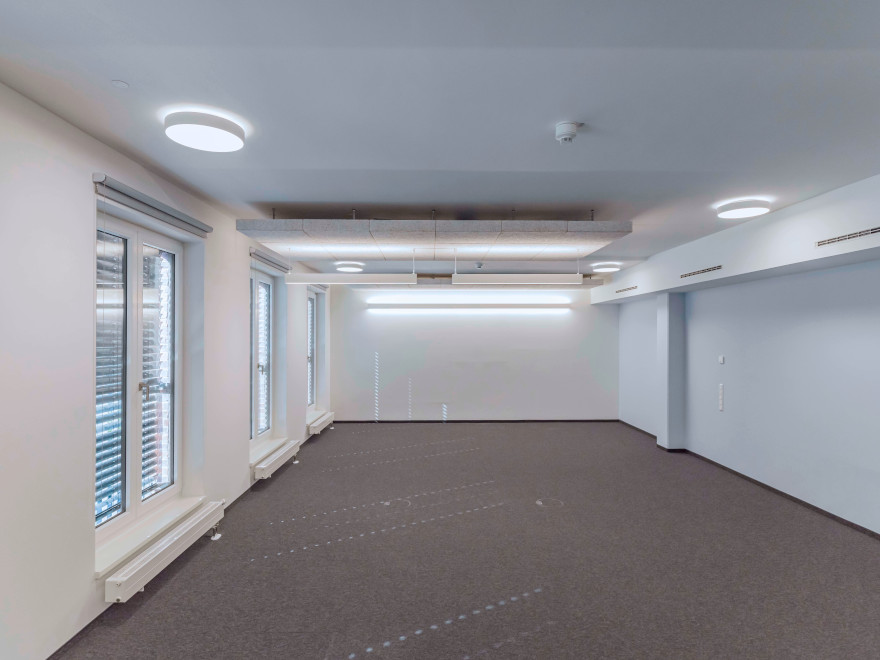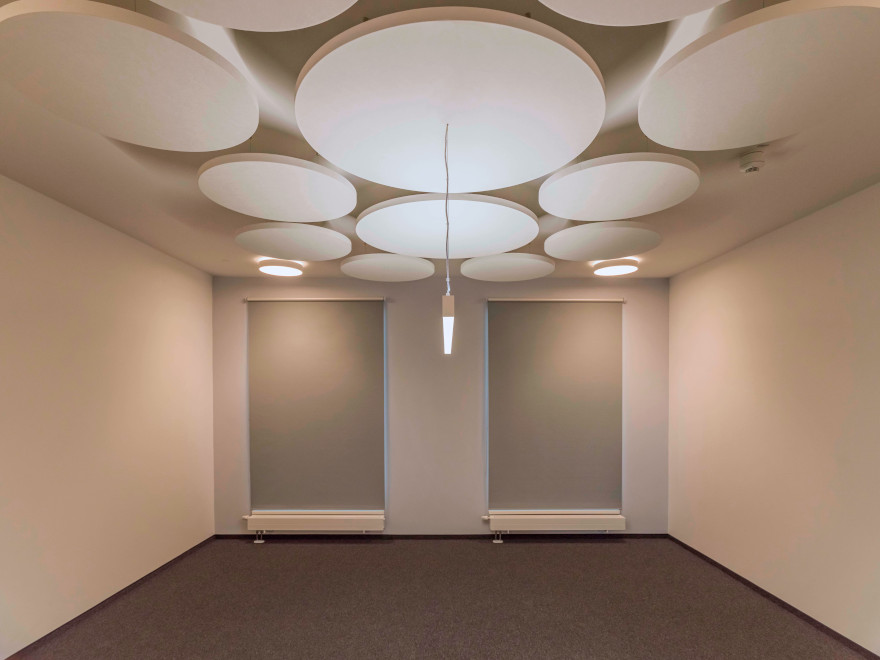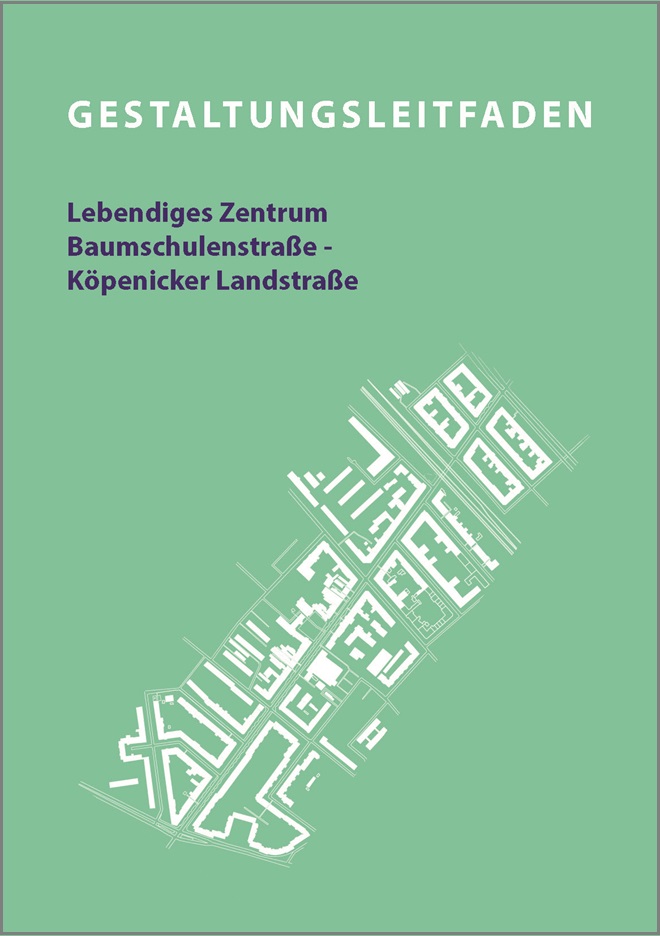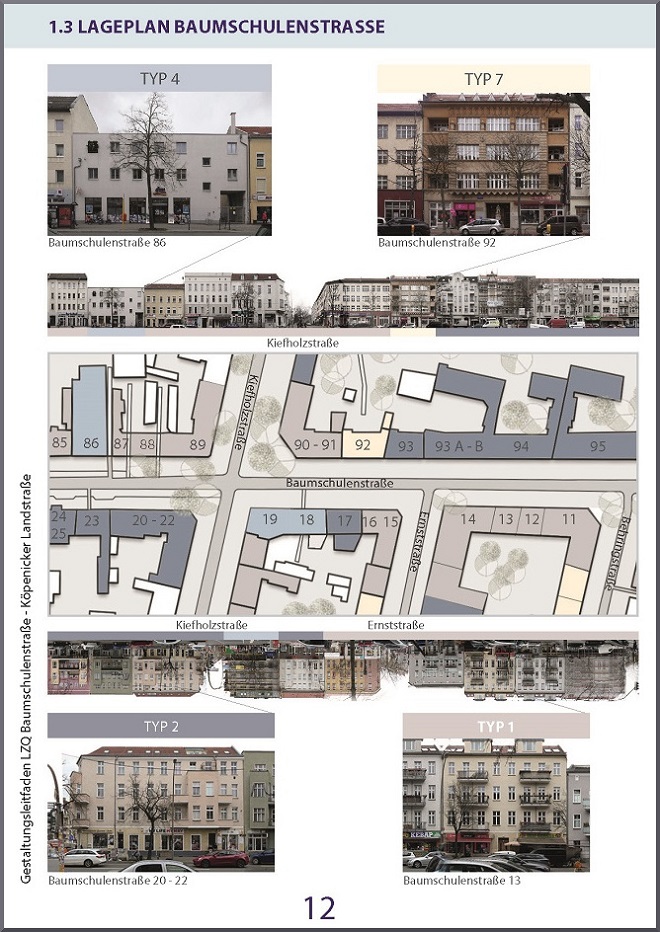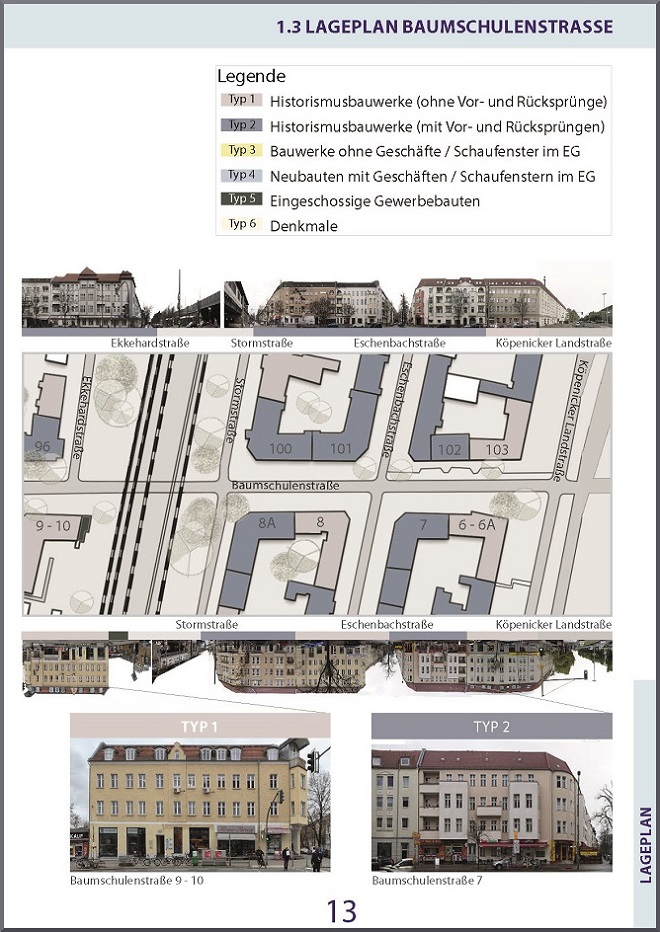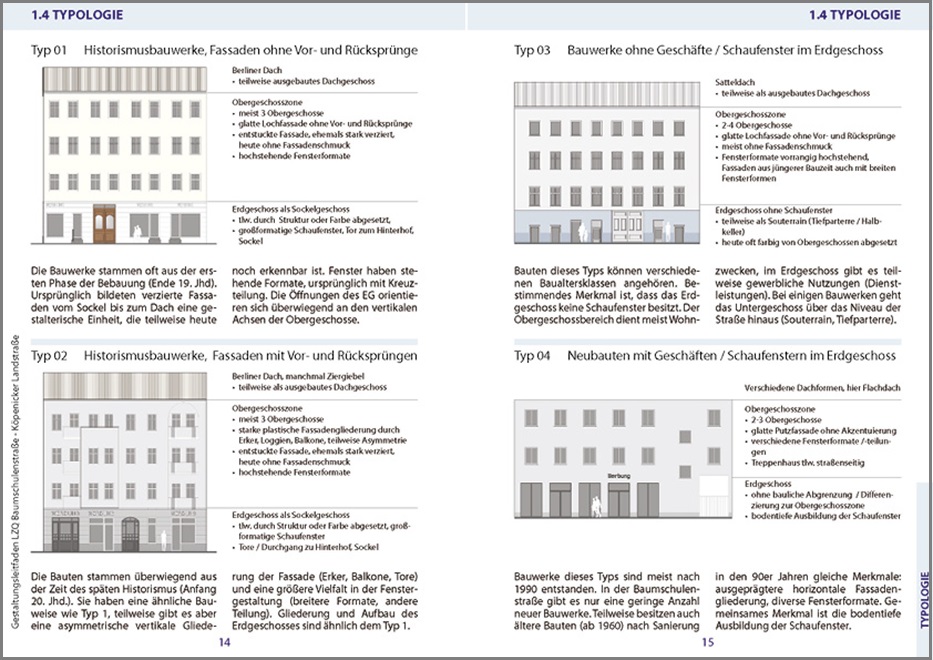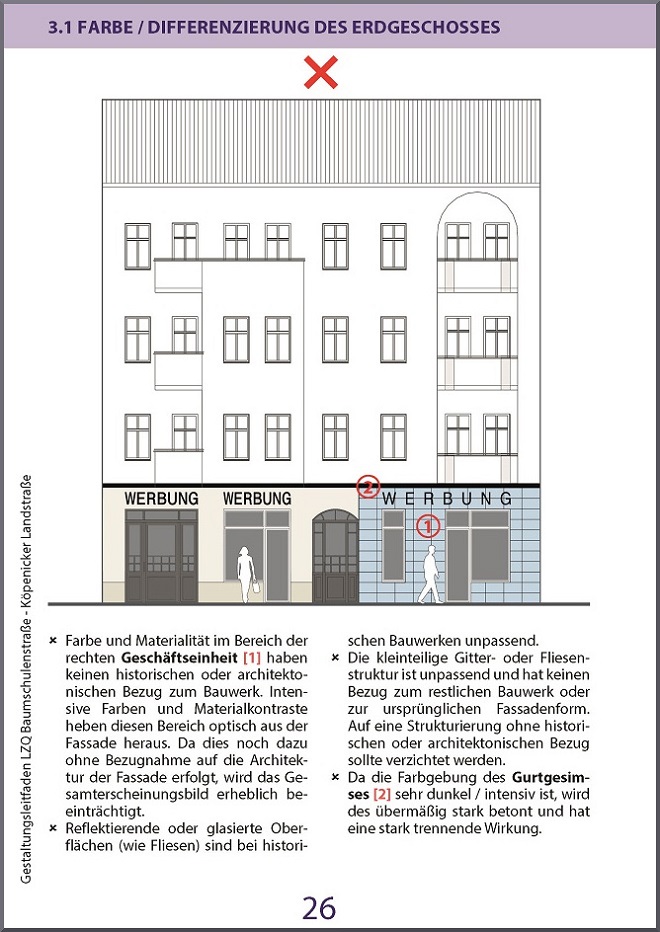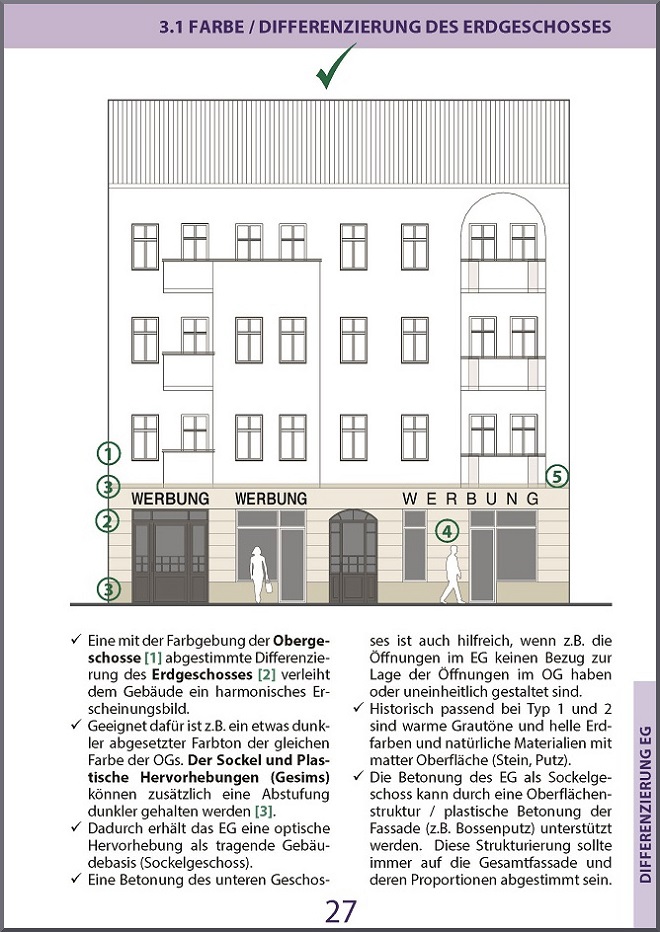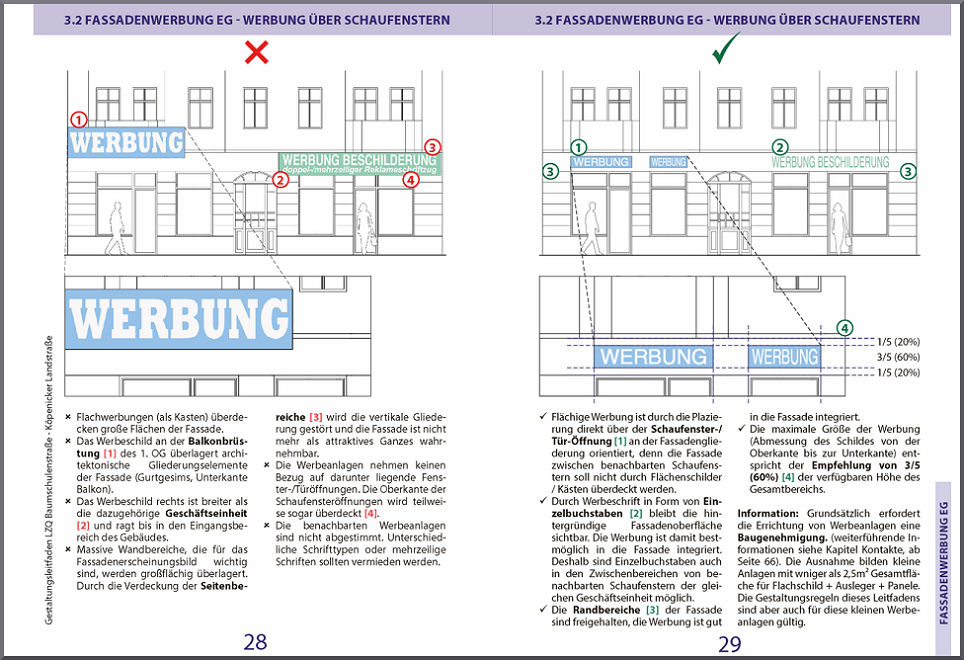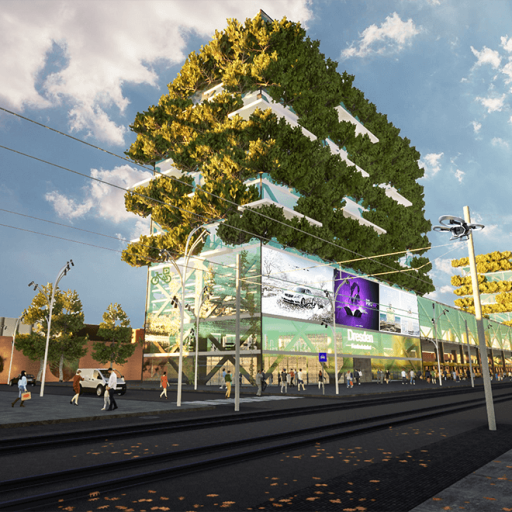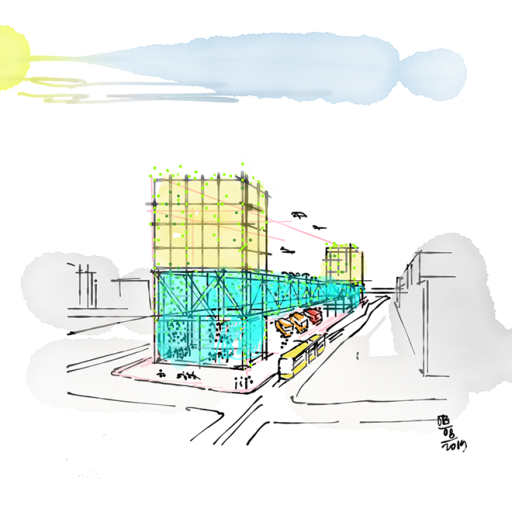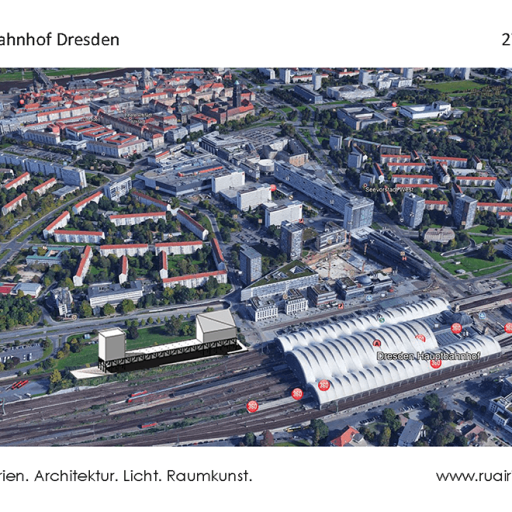Insights into the works of Ruairí O’Brien
The video shows a selection of Ruairí O’Brien’s works and concepts – from initial ideas to realised projects. The creative process and glimpses behind the scenes also become visible and provide an authentic insight into his way of thinking.
Digital memory homage to Jorge Luis Borges-Ruairí O’Brien
Ruairí O’Brien’s live performance is an impressive artistic exploration of memory in digital space.
Our concept for the “House of Democracy” competition
A look behind the idea we developed for the open competition.
-more information can be found on our architects website at
Freehand Drawing & Modelling
The short film shows the kick-off event with first semester students of Ruairí O’Brien at the German University in Cairo.
-more information can be found on our architects website at
Workshop in Berlin – Eating the Light
In this video, Ruairí O’Brien explains the central role of light in our lives. It shows how light – whether natural or artificial – influences our perception, emotions and environments. Experiments, projects and design processes illustrate the broad spectrum of effects of light in everyday life and in architecture.
“Light of Cairo-Maadi”
Ruairí O’Brien’s short film takes the viewer on a visual journey through Cairo and shows how light – whether sun or street lamp – shapes urban life. The result is an impressive portrait of a city characterised by the interplay of light and darkness.
-more information can be found on our architects website at
